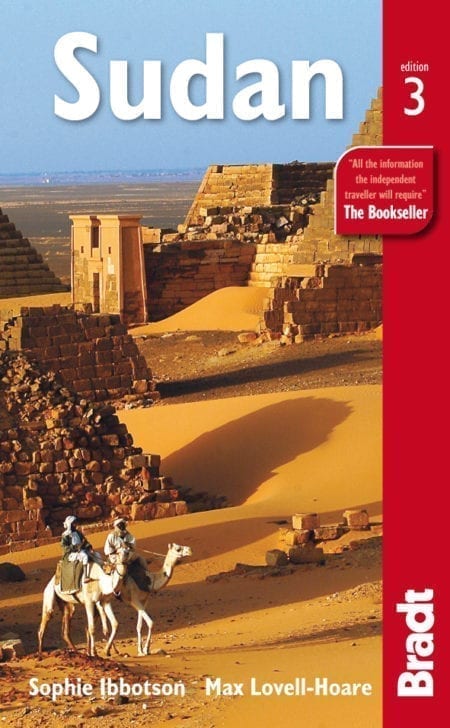Abandoned cities, crumbling stelaes, slave trade relics – Africa really does have some remarkable ruins. To help you pin down that ultimate itinerary, we’ve scoured the African continent and picked out some of our favourite ancient sites.
Great Zimbabwe, Zimbabwe
A national monument, this magnificent ruined city on its 80ha site, 25km southeast of Masvingo, is the largest stone structure ever built south of the Sahara. It was the base for a succession of kings and rulers spanning four centuries, and has subsequently had the whole country named after it.
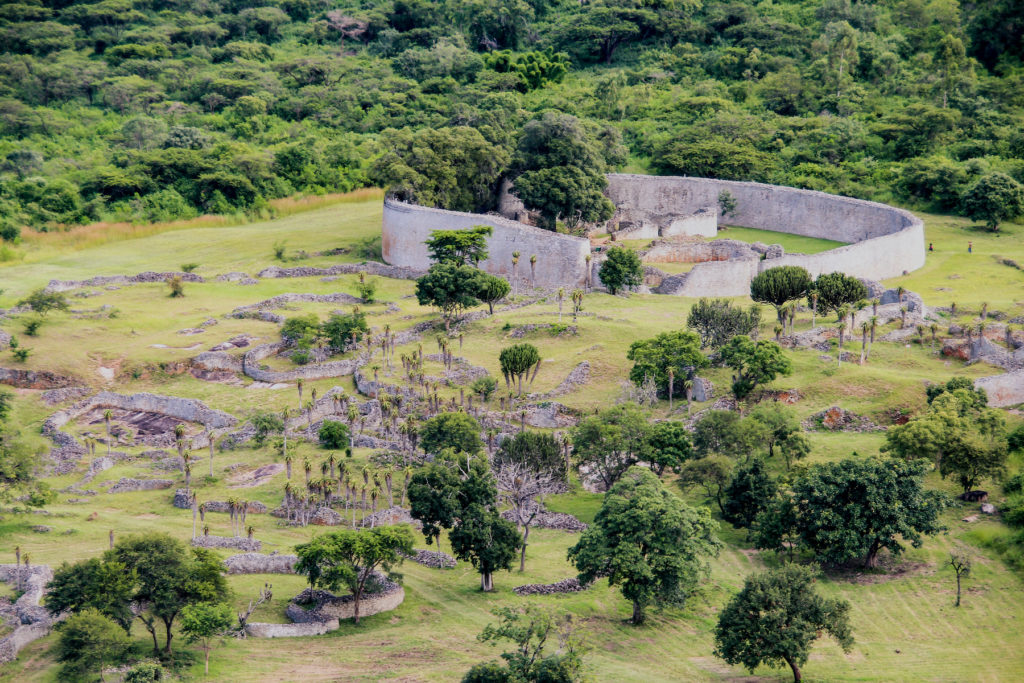
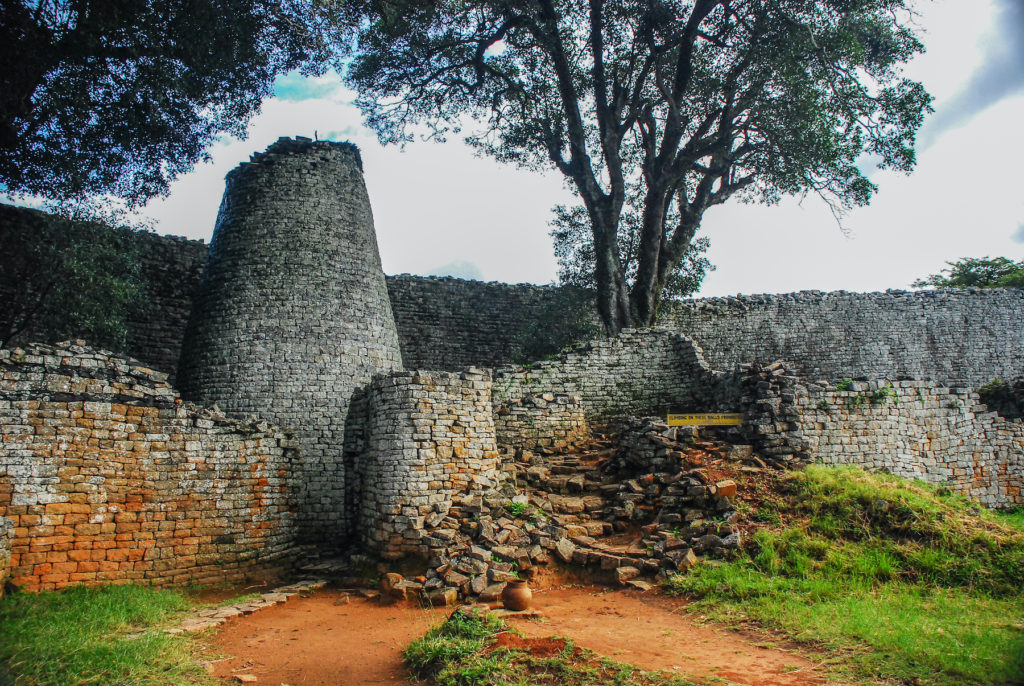
The provenance of Great Zimbabwe has up until relatively recently been the subject of heated, often bitter debate, stemming from the early European belief that Africans could not possibly have built a structure of such complexity. Indeed, after its ‘discovery’ by the Portuguese it was popularly believed to be the lost kingdom of Ophir, linked with biblical figures such as Sheba and King Solomon.
Much later, others including Cecil Rhodes continued to attribute the ruins to the Phoenicians. In fact this was a massively important religious and political centre, not a military fort but a continually developing tribute to a long succession of rulers who had widereaching influence.
Axum stelae field, Ethiopia
This field of 120-odd stelae, ranging from small, roughly hewn stones to finely engraved obelisks the height of a ten-storey building, is concentrated within an area of 1,000m2 opposite the Church of Maryam Tsion.
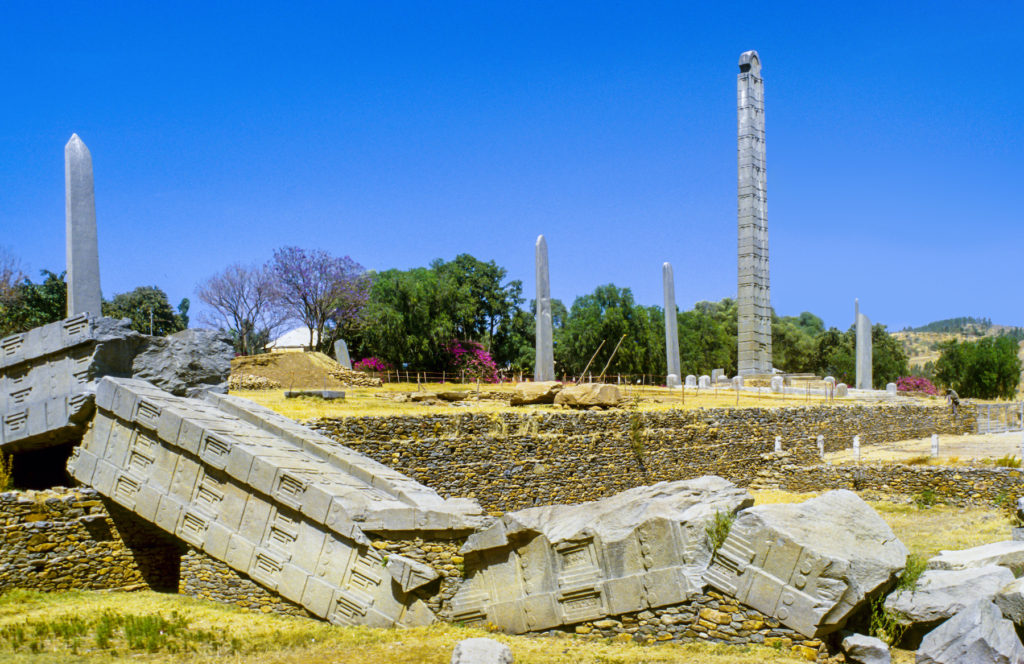
The site incorporates what are probably the three tallest stelae ever erected in ancient times, neatly engraved blocks of solid granite that stand (or, in one case, stood) between 23m and 33m high.
Kilwa Kisiwani, Tanzania
Immortalised as the Quiloa of Milton’s Paradise Lost, and once thought to be the site of King Solomon’s mythical mines, this abandoned city – with its haunted mosques, derelict palaces and lonesome monsoon-swept tombs – is the most important surviving relic of the Islamic-influenced Swahili maritime trade.
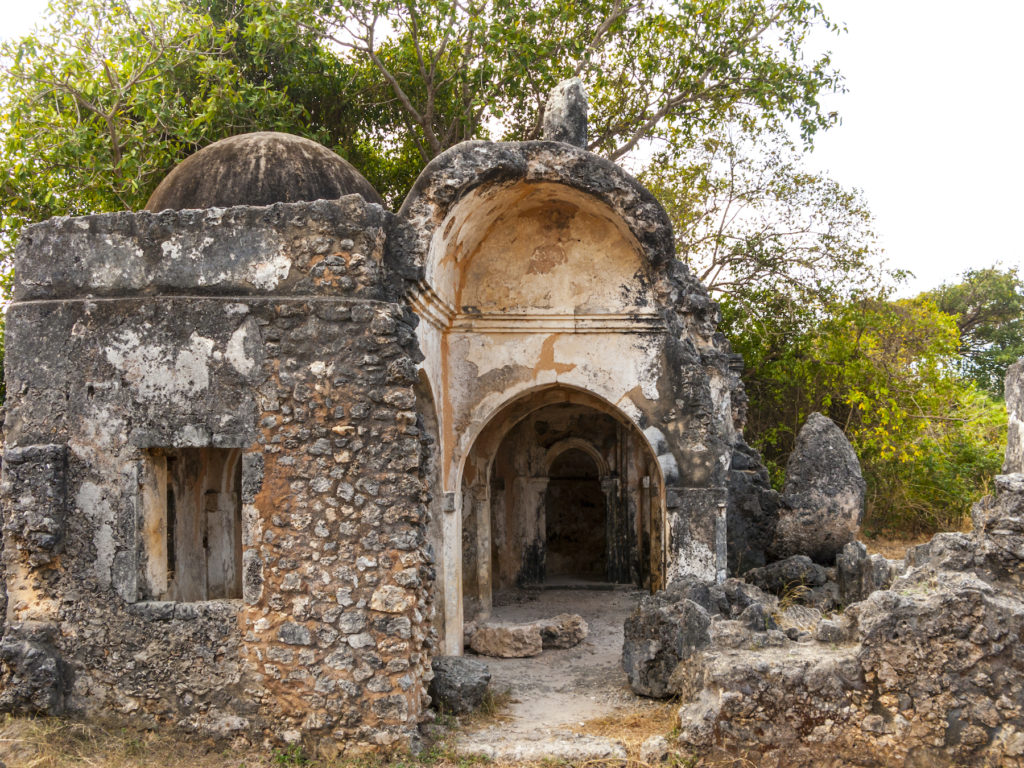
This trade dominated the coast from early medieval times until the arrival of the Portuguese, who sacked the city in 1505, a defeat from which it never recovered, despite several later reoccupations.
Fort James, The Gambia
Situated on Kunta Kinteh Island, the extensive ruins of Fort James, centrepiece of a UNESCO World Heritage Site, form the most important relic of the slave trade in this part of The Gambia. Despite its ruinous state, the fort is a poignant site.
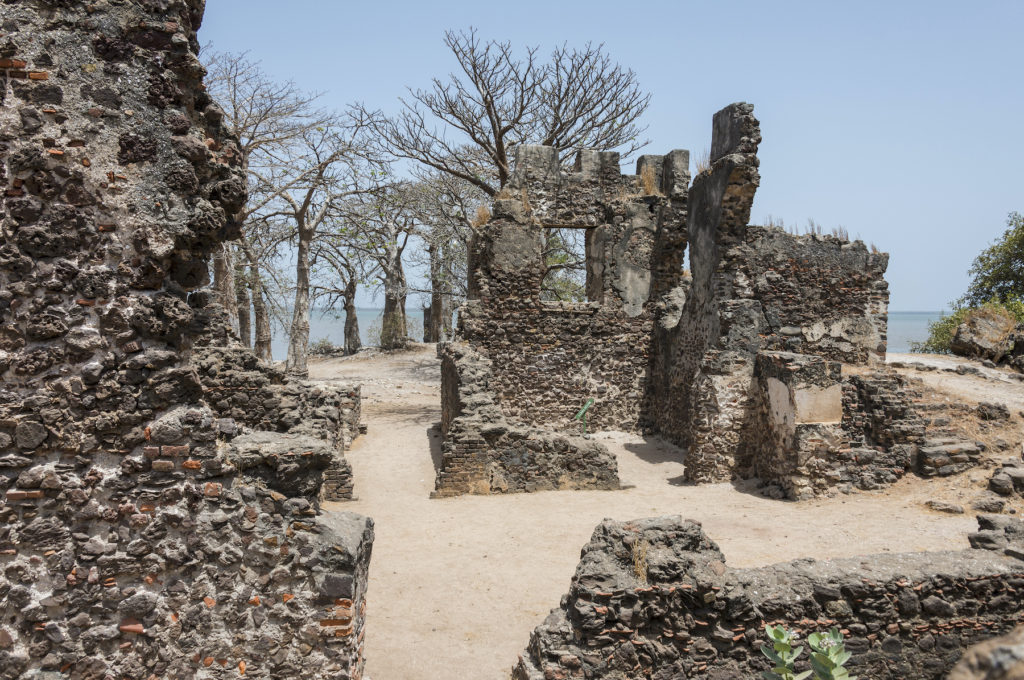
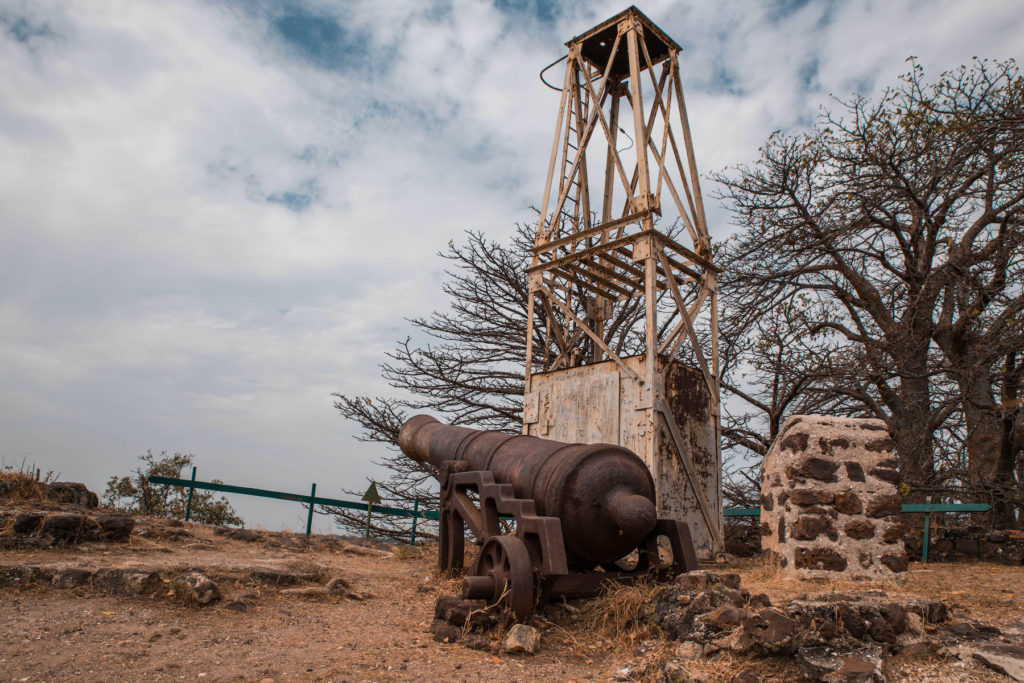
What remains of the thick stone walls are held together by bulbous baobab roots and scampered across by rats and lizards. The base of the dungeon in which up to 140 slaves were once impounded also survives. A few cannons line the shore, while the beaches are littered by beads, once the main form of currency in this part of Africa.
Meroë Pyramids, Sudan
Clearly visible from the Khartoum–Atbara highway, the pyramids of the Royal Cemetery of Meroë stand alone on a sandy ridge like a row of broken teeth. They are Sudan’s most popular tourist attraction, although in a country where tourism is in its infancy, popular is a relative term – you are still likely to have the site to yourself.
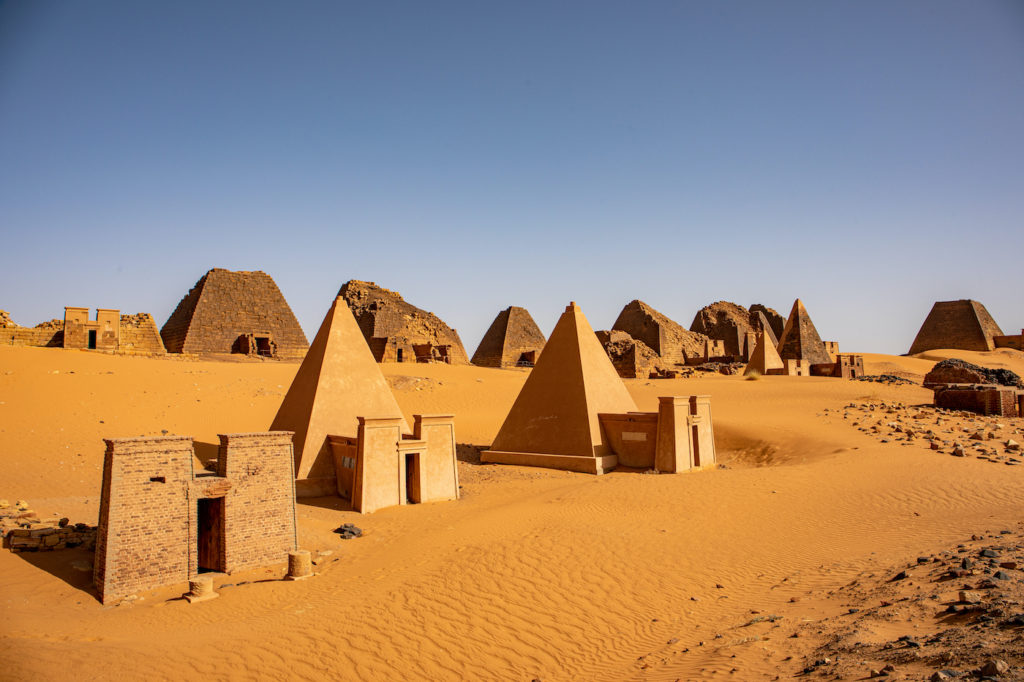
The headline-grabbing treasures of Egypt have long overshadowed Sudan’s ancient history, but at Meroë the charm of the unknown is the great attraction – visitors can enjoy the rare sensation that they are discovering a long-hidden secret, without a tout offering a camel ride or belly dance in sight. Instead, it’s just you and the pyramids alone in the desert.
Fort Amsterdam, Ghana
Overlooking Abandze, on the Cape Coast road about 3.5km west of Saltpond Junction, Fort Amsterdam evolved from the very first structure that the British built on the Gold Coast, a small lodge constructed in 1631 and fortified seven years later.
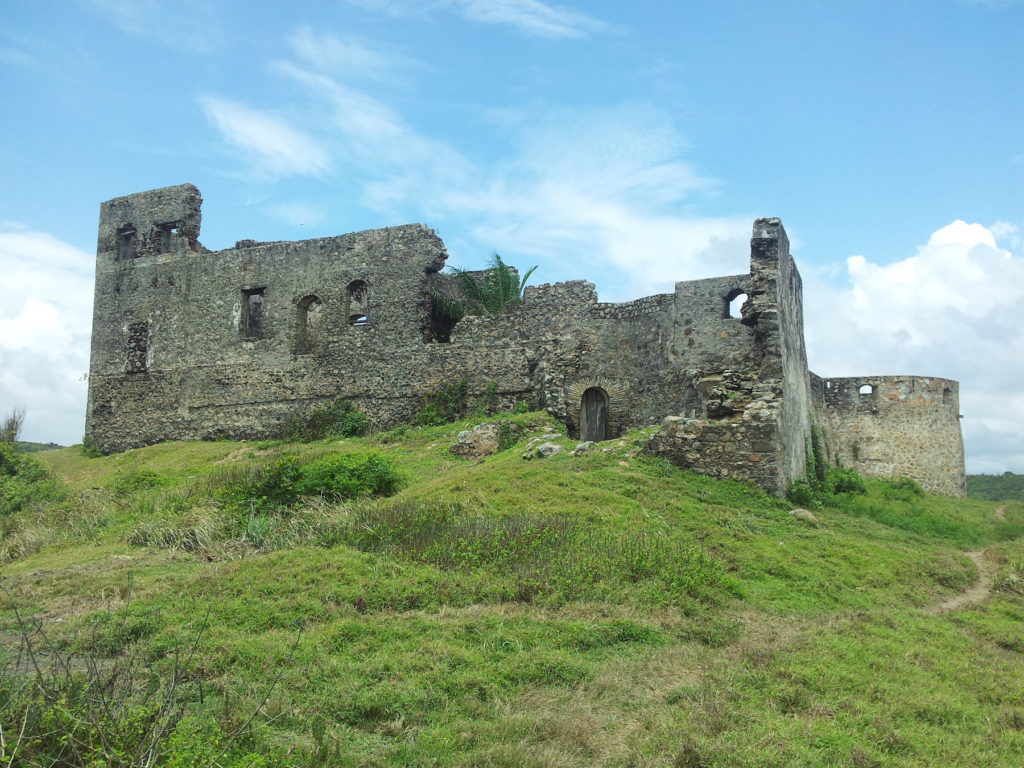
The original fort was attacked and destroyed by an asafo from Anomabu in 1811, but was restored by the Ghana Museums and Monument Board in 1951. Perched on a hilltop up poorly maintained steps, Fort Amsterdam affords excellent views over Abandze’s busy fishing beach and the Etsi Lagoon to the village of Kormantse, from which its alternative name of Fort Cormantine derives.
The slaves held in Fort Amsterdam, sold mainly to the Caribbean plantations, became known as Cormantines – a name that reportedly travelled to the West Indies.
Bunce Island, Sierra Leone
Vines clutch at the decaying stone bricks of the ruined fort, crevices widen, time passes. But while the plants inexorably reclaim the brickwork, Bunce Island’s past – which makes it arguably the single most important former slave site for African Americans today – is going nowhere.
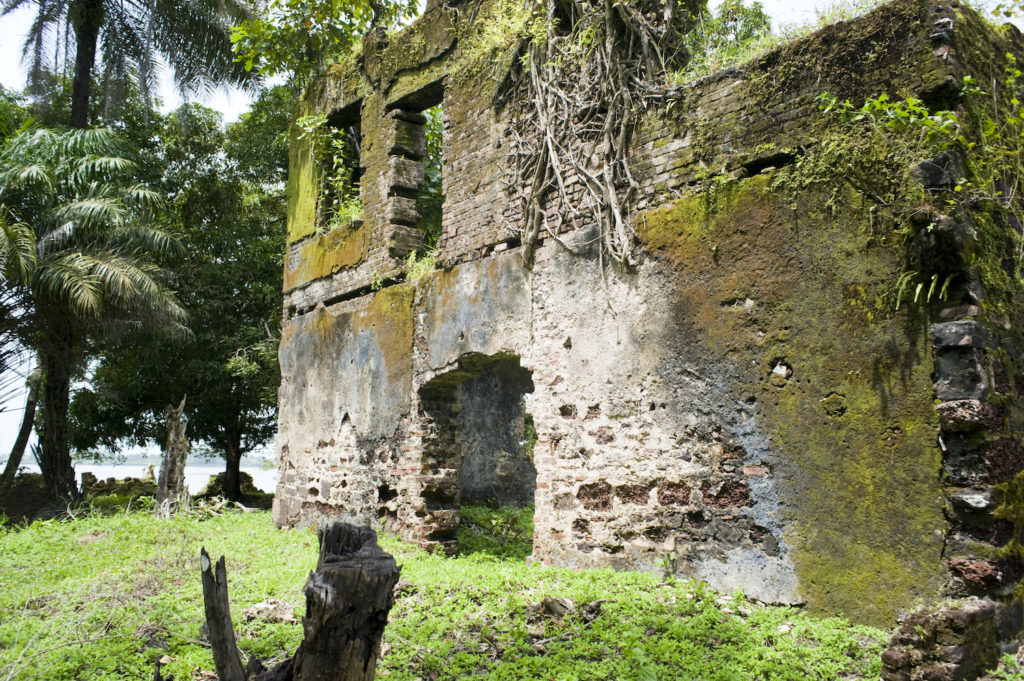
Visit Bunce today and it is sorely in need of preservation, with nothing in the way of explanation, but the powerful history of the island is hard to ignore. For many, the experience of stepping among its crumbling walls amid an eerie silence, having to imagine how it might have been, is harrowing enough to stay with them forever.
More information
Find out more about Africa’s fantastic ruins with our comprehensive guides:



